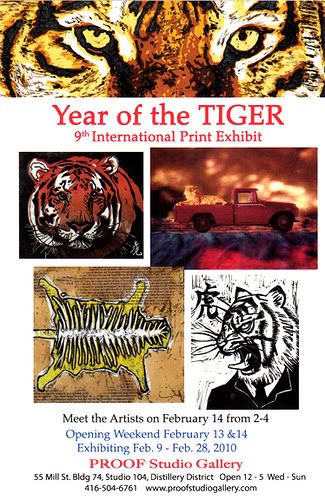
A friend pointed out that there was a magnitude 8.8 thrust-fault earthquake, where the Nazca plate is subducting below the South American plate, offshore Maule, Chile, and the subsequent tsunami watch. Another friend followed up with questions about tsunami hazard, so I thought I would try to shed some light on this.
This news saddened me; I spent one month there and made many friends. Shaking along the coast would have been severe and a long aftershock sequence is to be expected. We were in the twin cities Valparaíso and Viña del Mar, west of Santiago, and sailed south towards Concepcíon (115 km NNE of Maule). We were invited by the Catholic University of Valparaíso to do a controlled-source electromagnetic survey to map gas hydrate deposits. Their interest was tsunami hazard. Chile is prepared for earthquakes and tsunami. They still remember the magnitude 9.5 earthquake of May, 1960 – the largest earthquake worldwide in the last 200 years or more. (It's important to remember that the magnitude scale is logarithmic.) Gas hydrates are stable under certain pressure and temperature conditions. If there is upwards movement or shaking of the seafloor, it is possible that they might become destabilized and lead to submarine slumps and slides (imagine a landslide underwater). This in turn might increase the risk of tsunami. The good news was we found little evidence for gas hydrates in this area.
If you see stories about earthquakes or tsunami in the news and find the facts bewildering (or worse, of dubious veracity) a good place to look for information is the USGS website (or for events in Canada, the GSC website - the USGS has the best worldwide coverage combined with public outreach).
The animated image above is an Tsunami Model for Chilean earthquake produced by the Earthquake Research Institute, Tokyo (another place where I've spent one month of my life). You can see that the maximum amplitude of the the waves induced are on the order of centimeters. Tsunami (Japanese for 'habour wave') are defined by the source (a displacement of a large volume of water, due, for instance to earthquake - especially subduction earthquakes, volcano, land- or submarine slide), but they also have some consistent properties in terms of the physics of the waves produced in the oceans themselves. This includes a small amplitude and very long wavelength (like the gravity waves I use in my experiment). They are not defined by height. Heights of centimeters are most common. In fact, in the ocean basin, if you are not using very specialized, high precision instruments (pressure gauges and accelerometers, like those used in my research), you are unlikely to notice a tsunami. There are two main issues which can lead to death and destruction: harbour geometry and the seemingly relentless nature of the waves. As the seafloor shallows at a coast, the waves shoal - they are compressed, slow down and increase in amplitude. Depending on the geometry of the seafloor, the effect can be severe.
 This second animation shows this effect schematically. The second problem is also evident: duration. Even a small increase in relative sealevel (run up) can cause a lot flooding of damage. Though these waves are slow moving in shallow water, they are propagating and some structures will fail with continual force of this nature.
This second animation shows this effect schematically. The second problem is also evident: duration. Even a small increase in relative sealevel (run up) can cause a lot flooding of damage. Though these waves are slow moving in shallow water, they are propagating and some structures will fail with continual force of this nature.We all remember the 2004 Indian Ocean Earthquake and tsunami, but this does not mean that is what you should imagine every time you here the word tsunami. The 2004 event was a magnitude 9.3 which is barely conceivable. During today's event 4.7±0.9 x 1016 Joules of energy was released. During the 2004 event, 20 x 1017 Joules which is forty times more (source: USGS). Wave heights were up to 250 centimeters in the ocean itself - clearly a entirely different situation. Further, there has been an active tsunami-monitoring system in the Pacific for decades - not so in the Indian ocean. The Indian ocean event was a megathrust earthquake. While we can expect megathrust earthquakes in other subduction zones around the Pacific, today's event was not one.
So while this event was large enough to warrant tsunami alerts, the real concern, as is generally the case, is the nature of the housing near the epicenter. The death toll will be considerably less (likely by a factor one thousand) than the much smaller Haitian earthquake six weeks ago, largely because of building standards.

 One month from today, on March 24, 2010, the second anual international day of blogging to celebrate the achievements of women in technology and science,
One month from today, on March 24, 2010, the second anual international day of blogging to celebrate the achievements of women in technology and science, 

































 {image: The sorceress (1911) by John William Waterhouse (Rome 1849-London 1917) via
{image: The sorceress (1911) by John William Waterhouse (Rome 1849-London 1917) via 













